Rice farming in Thailand is more than just an agricultural activity—it is a way of life, a cultural tradition, and an economic backbone for millions of people. Thailand is one of the world’s leading rice exporters, known particularly for its high-quality jasmine rice. However, behind this success story lies the hard work and resilience of lower-class Thai rice farmers who dedicate their lives to cultivating this staple crop. Their journey from planting to harvest is a testament to their enduring spirit and the vital role they play in feeding not only their nation but also the global population.
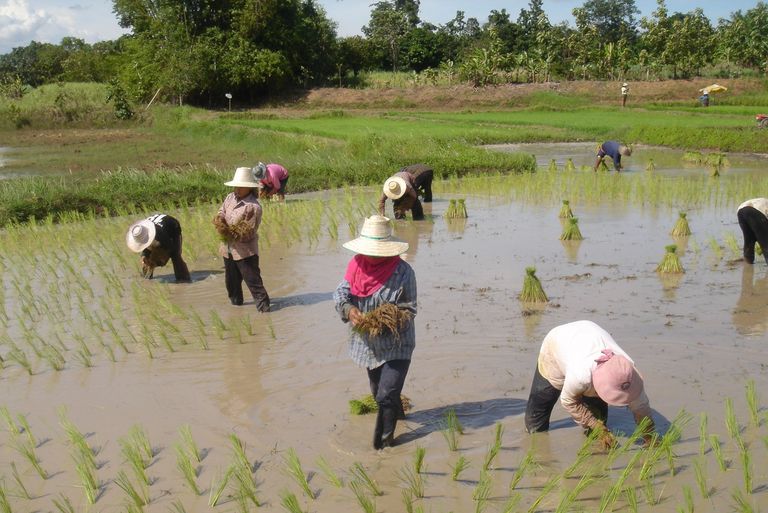
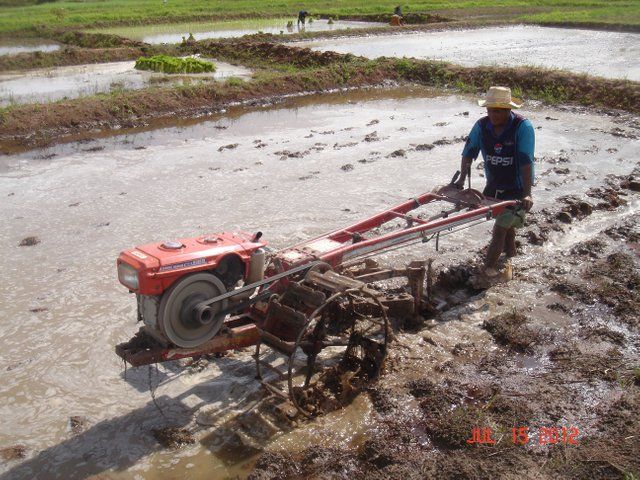
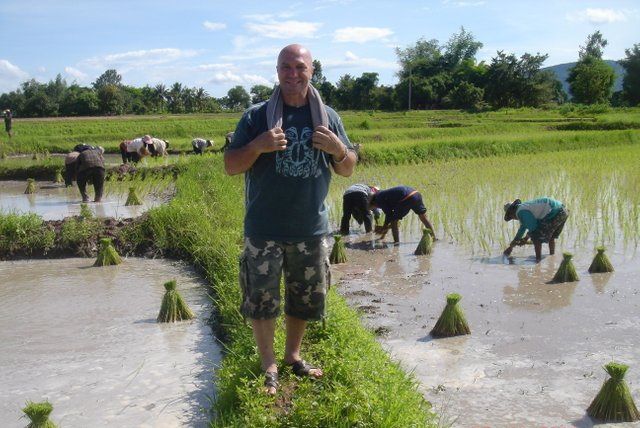
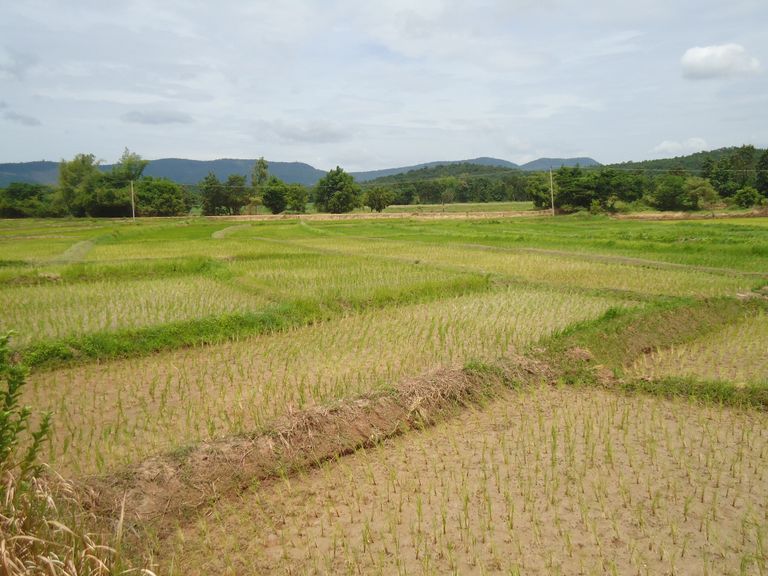
The Planting Process
Rice farming in Thailand often begins with the preparation of the paddy fields, which are typically small plots of land owned or rented by farmers. Most farmers rely on traditional methods passed down through generations, with a heavy reliance on manual labor.
Land Preparation
Farmers flood their fields with water to create the ideal muddy environment for rice planting. In many rural areas, buffaloes are still used to plow the land, though modern machinery is becoming more common.
Sowing the Seeds
Farmers either plant rice seeds directly into the soil or use the transplanting method, where young rice seedlings are grown in nurseries and then carefully transferred to the fields. The latter requires meticulous hand labor and is often a family or community effort.
Water Management
Thai rice farming heavily depends on water, making irrigation systems and seasonal rains crucial. Many lower-class farmers are at the mercy of unpredictable weather, and droughts or floods can have devastating effects on their crops.
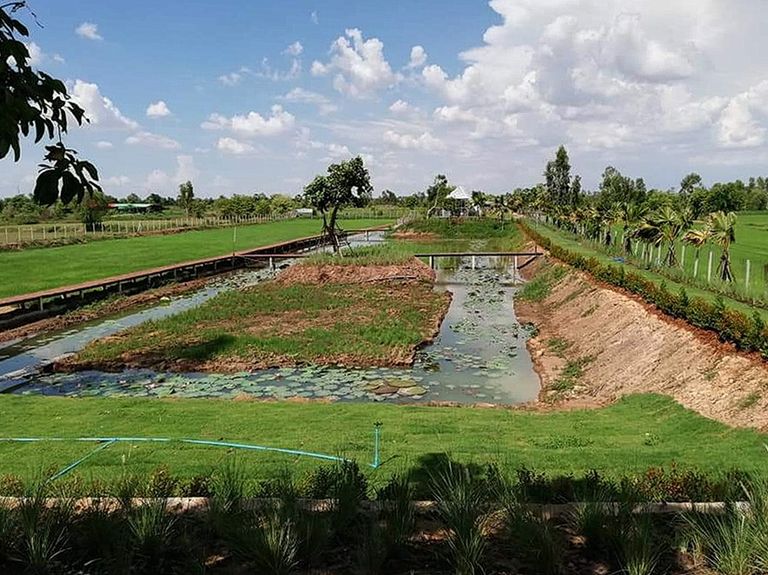
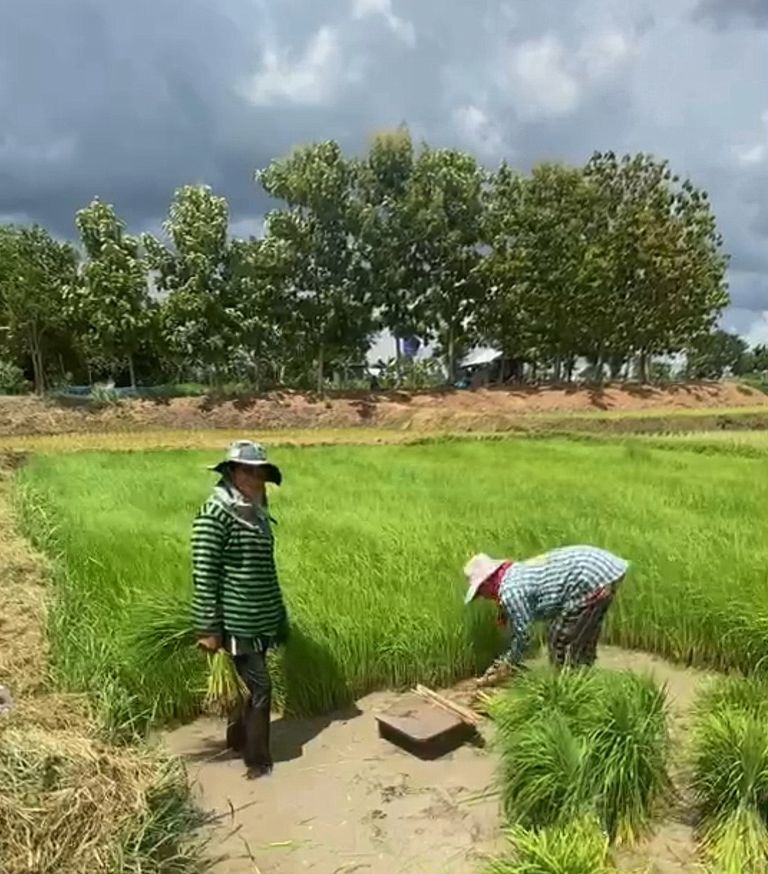
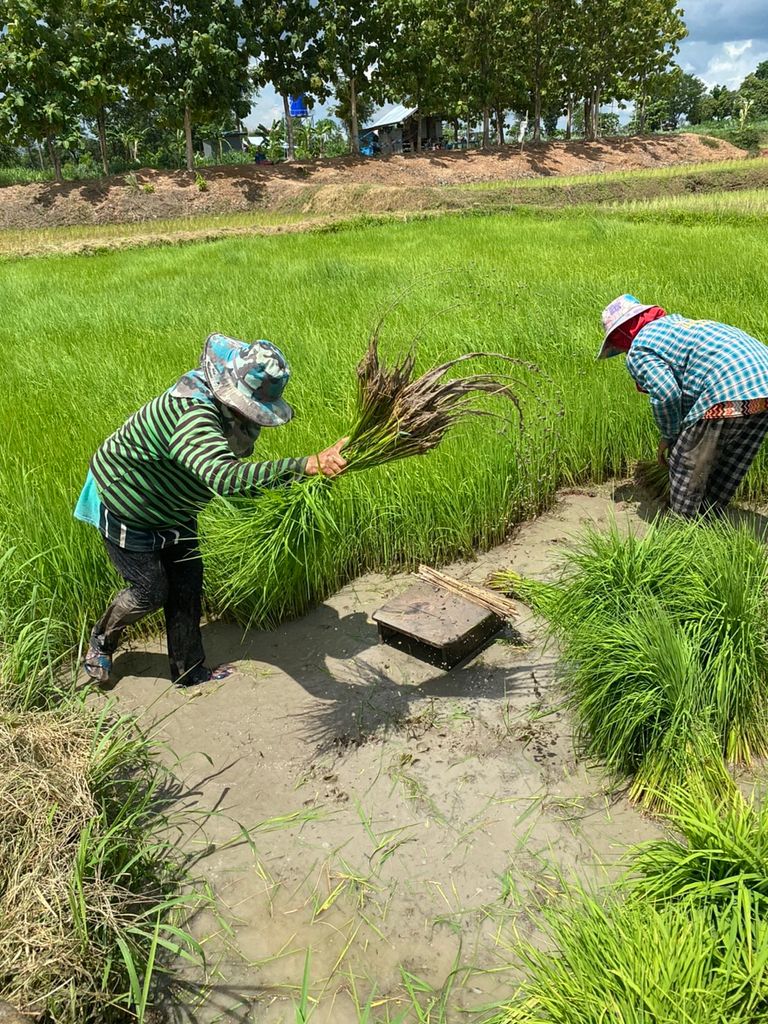
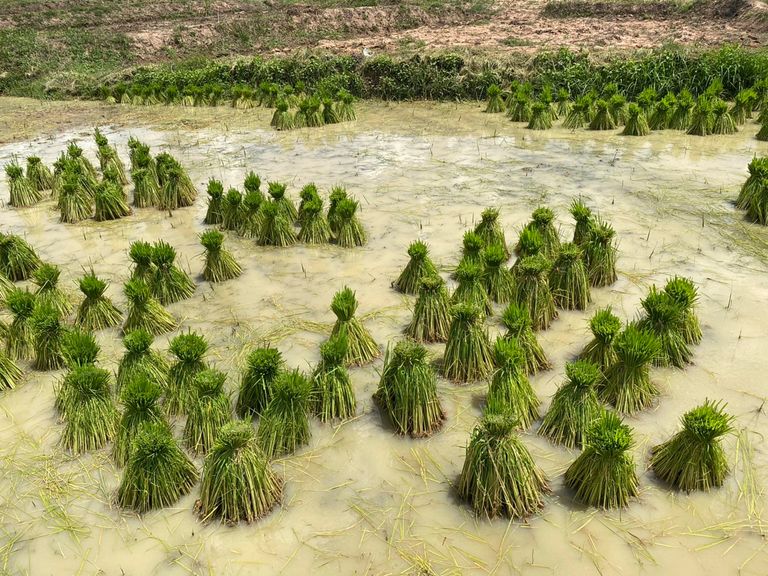
The Growing Phase
The growing phase is a period of patience and vigilance. Farmers tend to their crops for around three to six months, depending on the rice variety. Key tasks include:
Weed Control: Regular removal of weeds that compete with rice for nutrients.
Pest Management: Protection from pests such as rats, birds, and insects that threaten the yield.
Water Levels: Ensuring that the fields remain adequately flooded during critical growth stages.
This phase often requires long hours in the sun and muddy conditions, reflecting the physically demanding nature of rice farming.
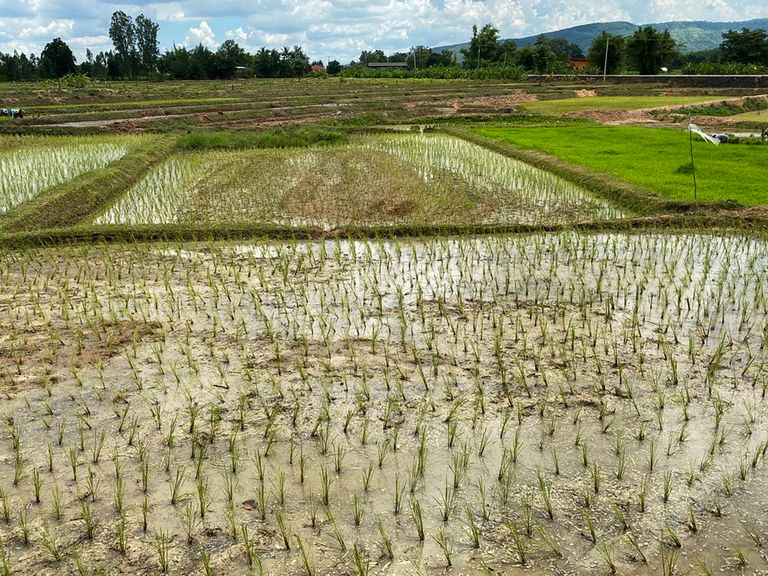
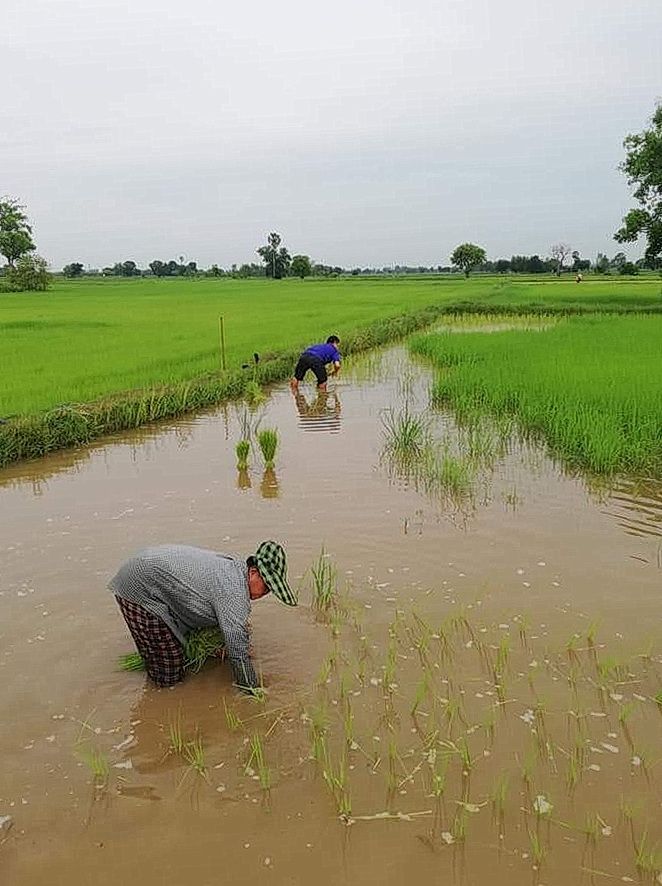
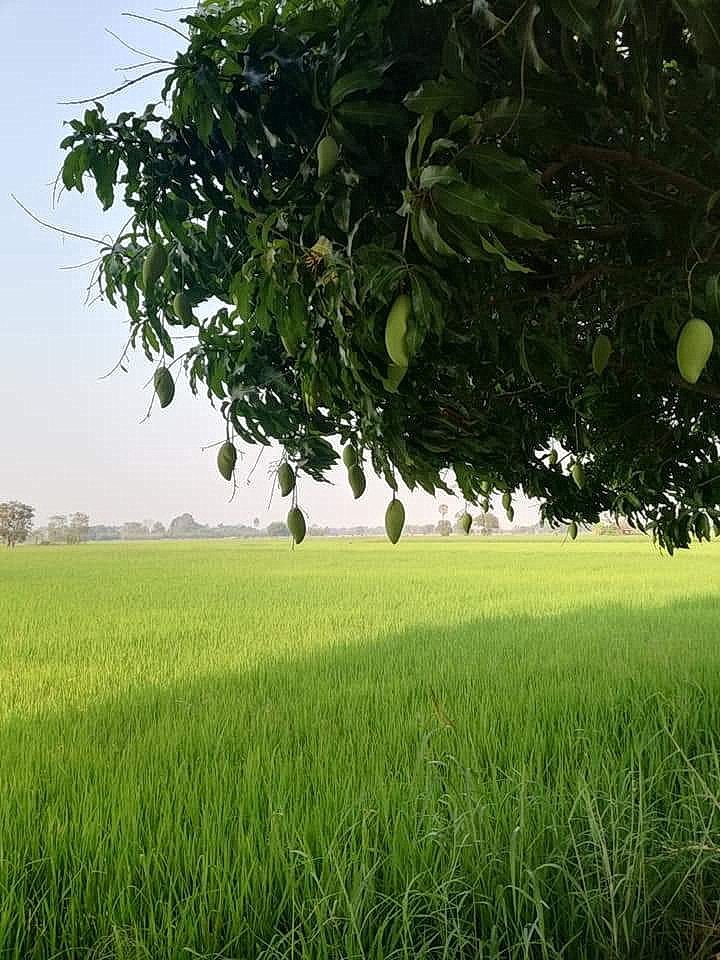
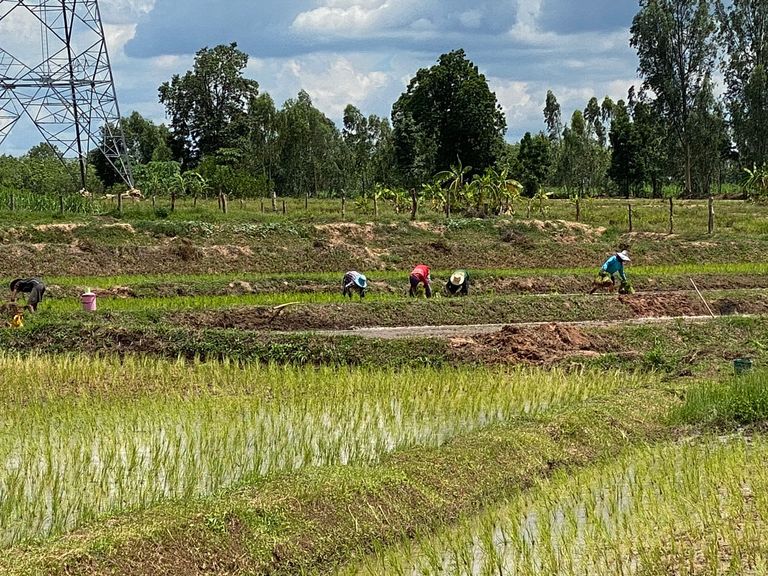
The Harvest
Harvesting is both a time of celebration and intense labor. The sight of golden rice fields signals the end of the growing cycle and the culmination of months of hard work.
Traditional Harvesting
Many lower-class farmers still harvest rice by hand, using sickles to cut the stalks. This method, while labor-intensive, allows for careful handling of the crop to prevent waste.
Threshing
After cutting, the rice is threshed to separate the grains from the stalks. This can be done manually by beating the stalks against a hard surface or using small mechanical threshers.
Drying and Storage
The harvested rice is spread out under the sun to dry before being stored or sold. Proper drying is crucial to maintaining the quality of the rice.
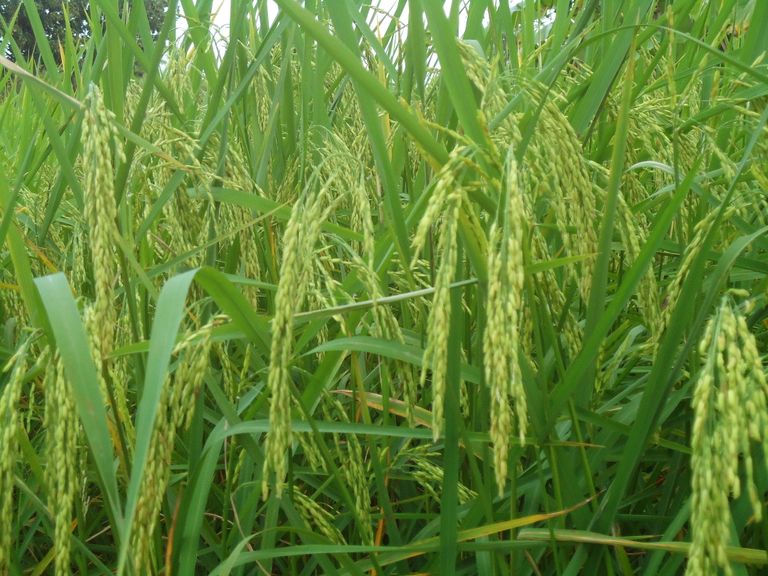
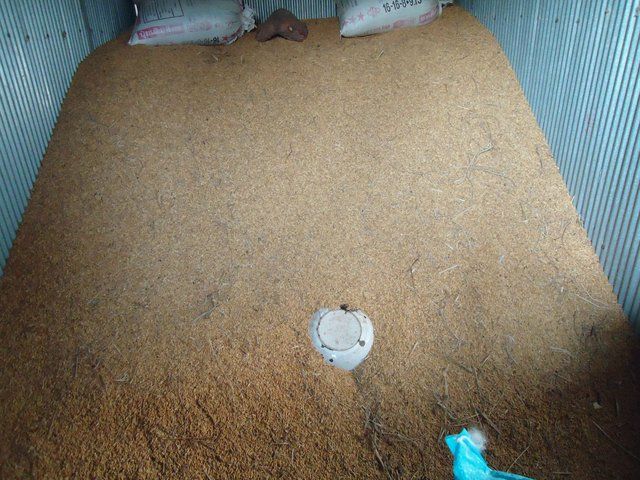
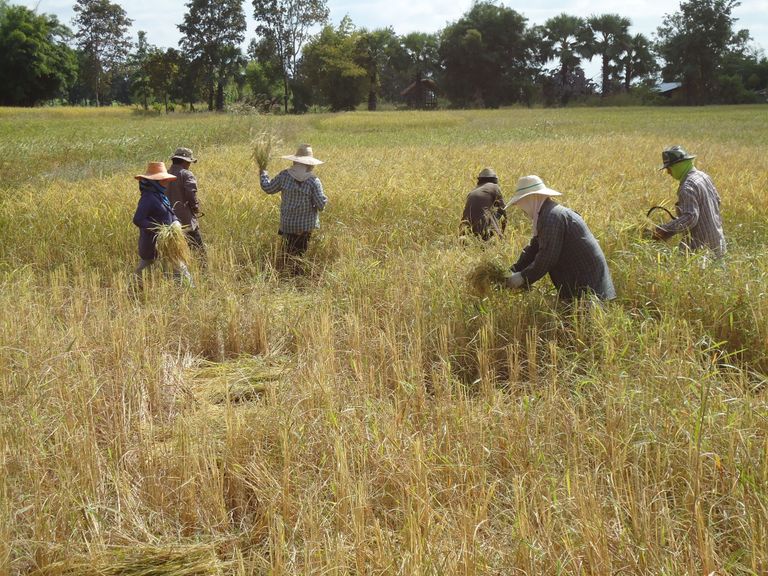
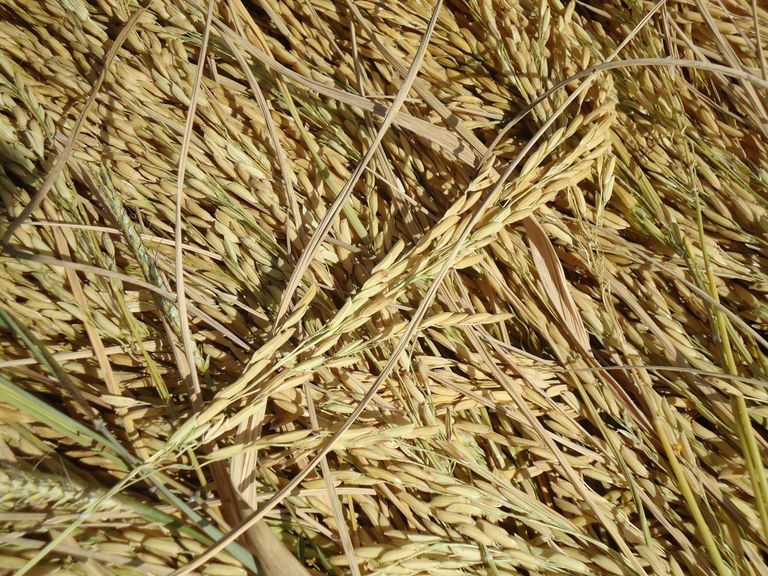
Challenges Faced by Lower-Class Farmers
While rice farming is a source of pride for many Thais, lower-class farmers face significant challenges:
Low Income: Many farmers earn minimal profits due to fluctuating market prices and high production costs.
Debt Cycles: The need to borrow money for seeds, fertilizers, and equipment often traps farmers in debt.
Climate Vulnerability: Droughts, floods, and changing weather patterns caused by climate change threaten yields.
Lack of Modern Tools: Limited access to advanced machinery and technology keeps many farmers reliant on labor-intensive methods.

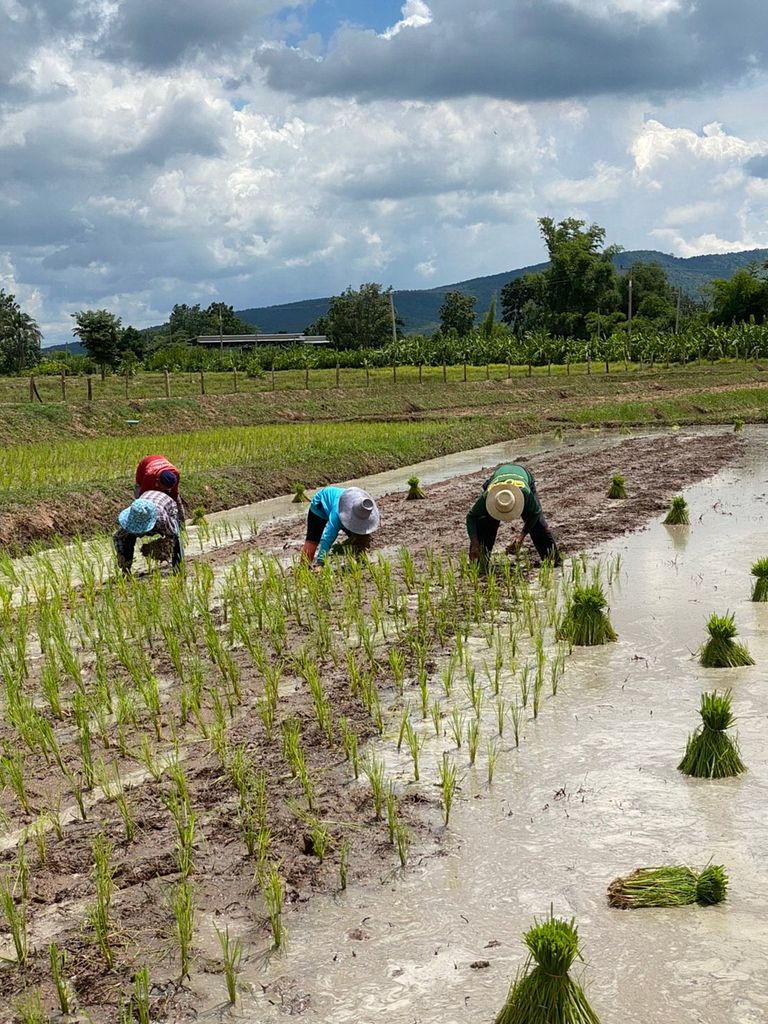
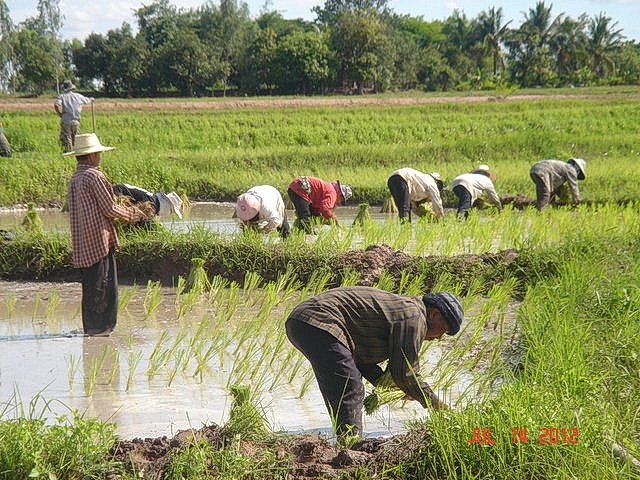
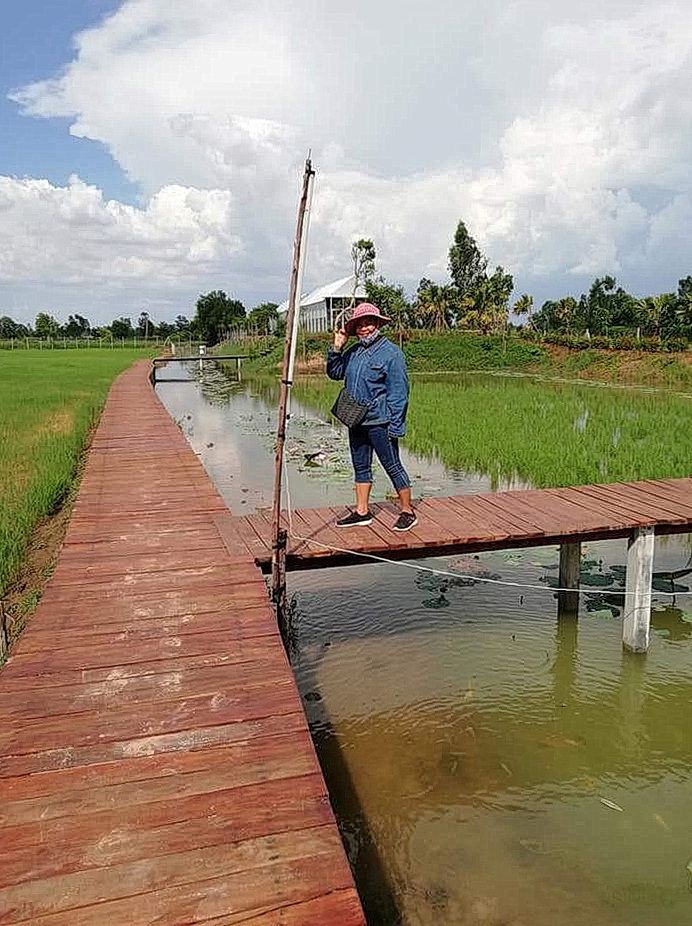
Cultural and Economic Importance
Despite these difficulties, rice farming remains deeply embedded in Thai culture and traditions. Festivals like the Royal Plowing Ceremony celebrate the agricultural cycle and the role of farmers. Rice also holds spiritual significance, often associated with the goddess Phosop, believed to protect the crop and bring abundance.
Economically, rice farming supports millions of livelihoods in rural Thailand. While lower-class farmers face economic struggles, their contribution to Thailand’s rice export industry is invaluable.
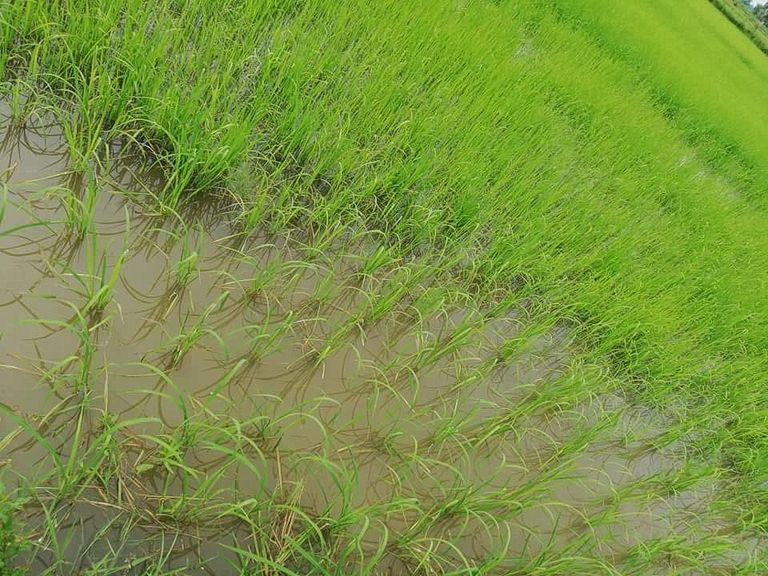
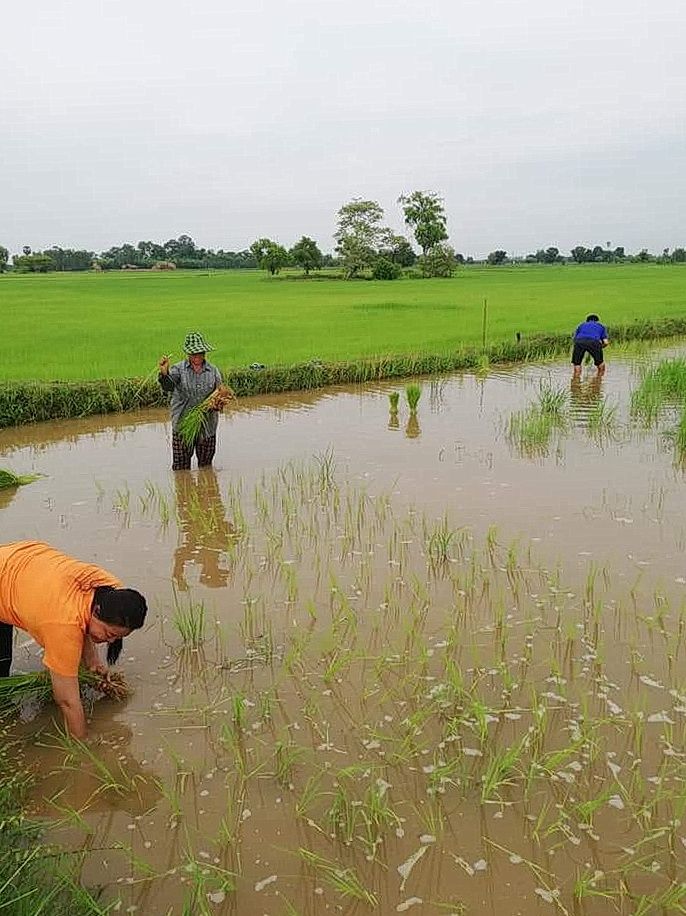
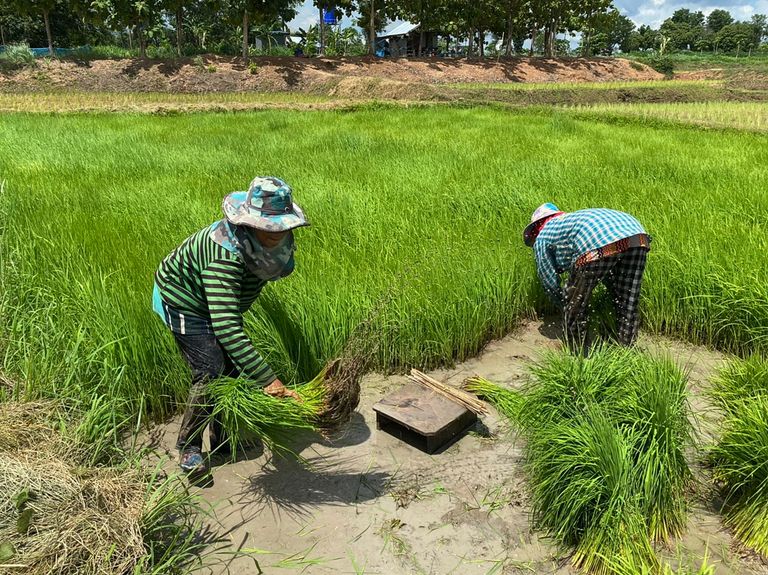
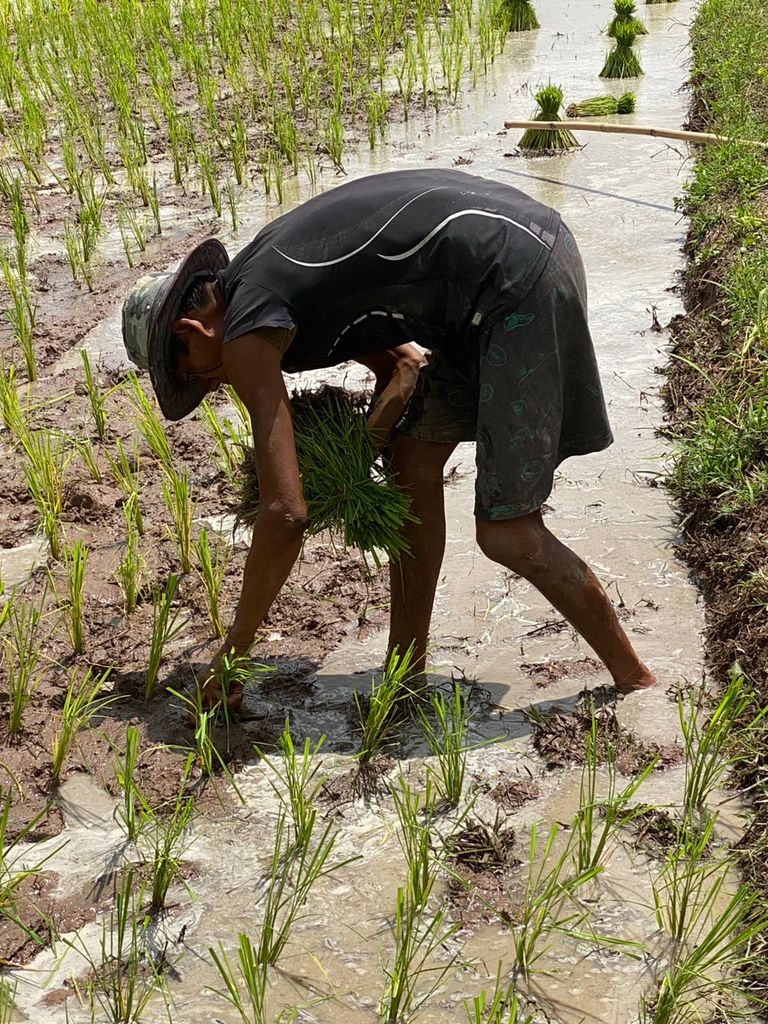
Efforts to Support Farmers
Government initiatives and nonprofit organizations are working to improve the lives of Thai rice farmers by:
Providing subsidies and fair pricing policies.
Introducing modern farming techniques to increase efficiency.
Offering training programs to diversify income sources.
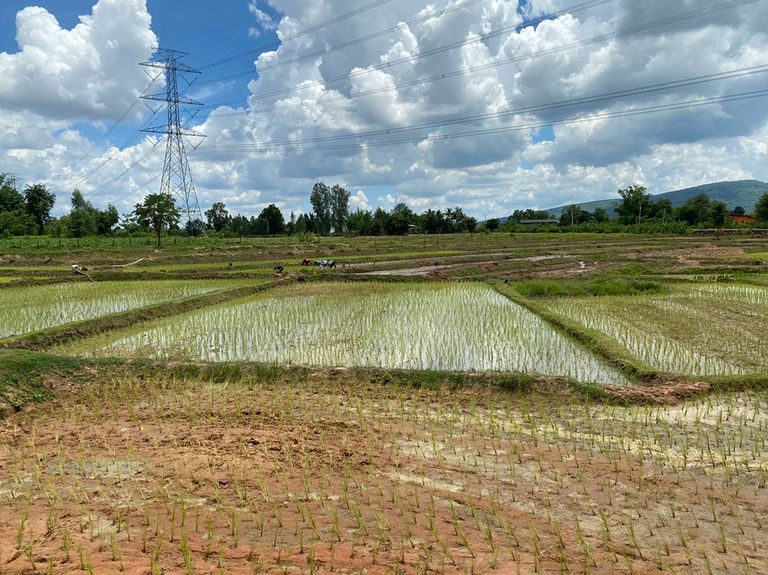
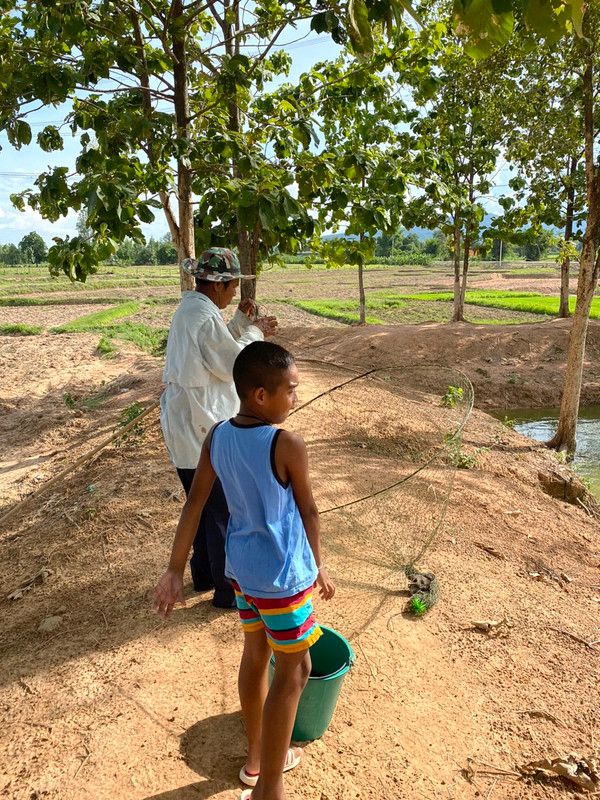
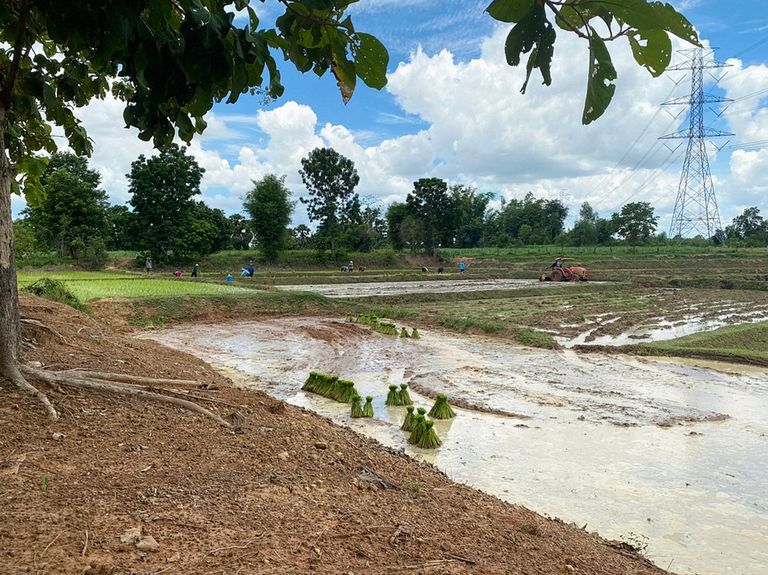
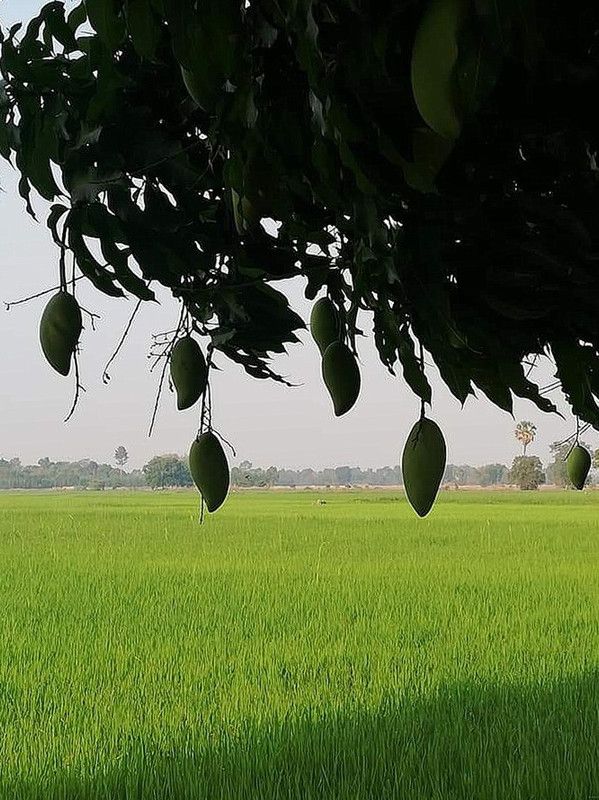
Conclusion
Rice farming in Thailand, particularly among lower-class farmers, is a labor of love that sustains both the nation and the world. These farmers endure immense physical and economic challenges to grow a crop that is vital to global food security. Their resilience and dedication deserve recognition and support, ensuring that this centuries-old tradition continues to thrive in a modern world.

Heartfelt love to all the hardworking brothers who planted paddy.
A great focus on this beautiful side of the life and culture. Thank you for sharing, Hangin :)